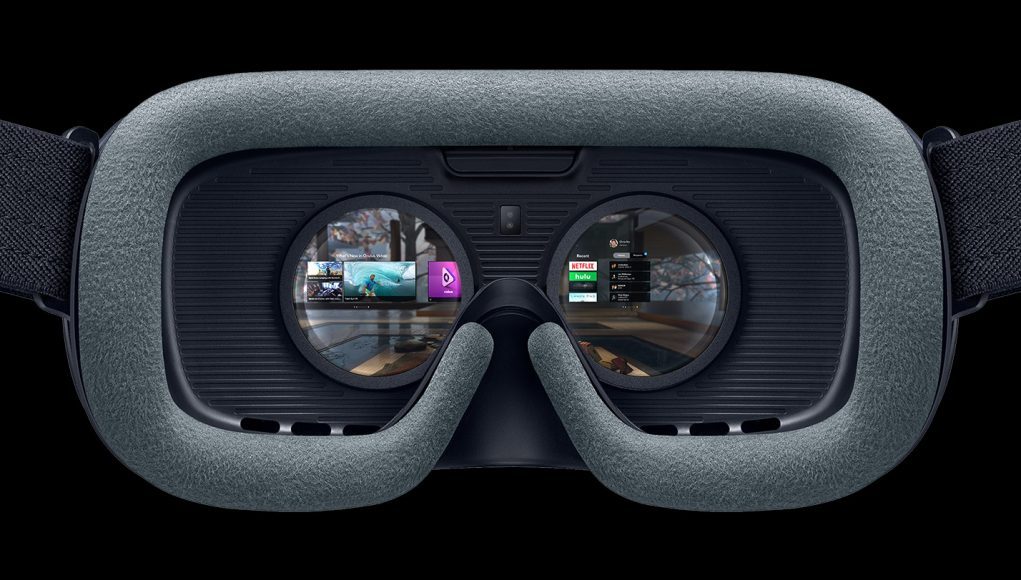In an update rolling out to Gear VR users over the next few weeks, Oculus Home on Gear VR will see a 2x boost in pixel resolution, according to Oculus, and load times improved as much as 3x. Oculus CTO John Carmack details the techniques that have resulted in the visual improvements.
Although Gear VR has a higher resolution display than any of the leading tethered VR headsets to date, the visuals seen through the device are often of lower quality, reasonably due to lesser hardware capability, but often also a result of poor optimization.
Case in point: Gear VR’s Oculus 360 Photos still stands as one of the highest fidelity experiences you can find in any VR headset, because the app has been highly optimized to make use of every pixel on the device’s 2560×1440 display. But a number of other apps on the platform are not able to maximize their use of the display’s resolution because they need to cut back on visual fidelity to maintain critical performance levels.

Oculus CTO John Carmack—whose optimizations are a significant reason why Oculus 360 Photos looks so good—has been a major force behind foundational optimization efforts on Gear VR, and is also responsible for the latest visual improvements to the Oculus Home hub app on the mobile platform which is said to see a near 2x increase in visual quality coming in a new update. Oculus says it’s like “upgrading from Standard Definition to High Definition.”
But that visual boost is “much more than just a rewrite of Home,” Carmack says. “This is the first application developed for a brand new Oculus runtime system.”
What that means is that developers working on the platform will be able to apply many of the same techniques used in Oculus Home to make their own apps look that much better.
“For years now I have lamented that the visual quality gap between what we should be able to do on the Gear VR hardware and what users are actually seeing is very large. Most people think ‘VR just looks that way (bad)’ because that is all they see. I finally have a pretty good example to show [the level of visual fidelity that can be achieved].”
Digging into the details, Carmack says that a new technique that he’s calling ‘Cylindrical TimeWarp Layers’ is behind the visual optimizations. In a Facebook post he elaborated on what’s going on behind the scenes:
In addition to telling devs how to make use of these latest improvements, Carmack has given other mobile VR tech tips in the past as well, including the ‘The Formula for Avoiding Aliasing‘, and he occasionally does open critiques of Gear VR apps to help developers understand where they can continue to optimize for better quality and performance.







